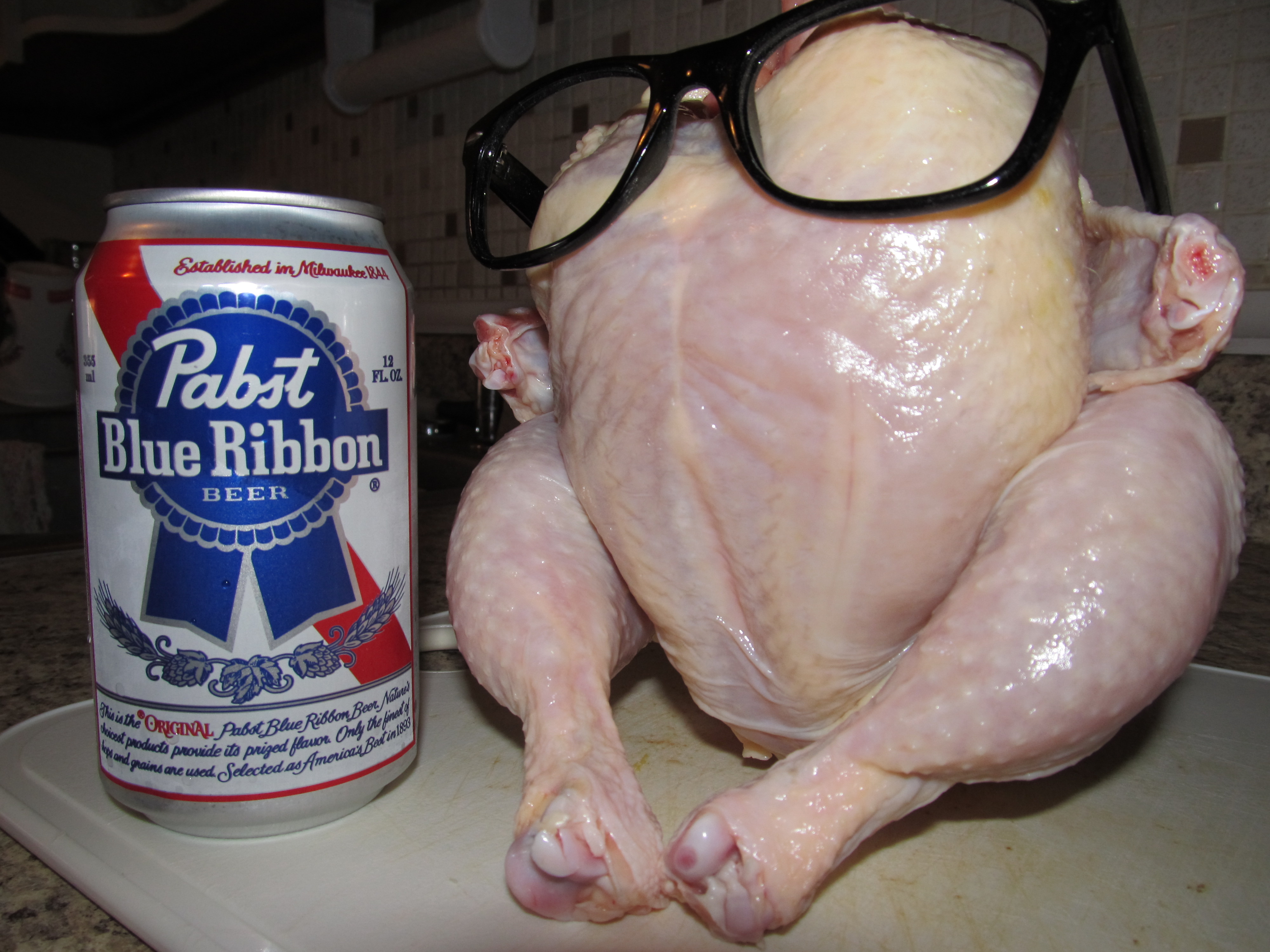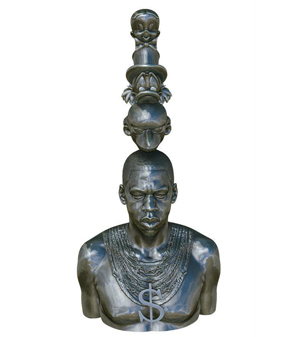Hipster chickens coming home to roost
 Friday, July 12, 2013 at 11:36AM
Friday, July 12, 2013 at 11:36AM  (Image via)
(Image via)
“It’s the stupid foodies. We’re just sick to death of it…. People don’t know what they’re doing." Chicken Run Rescue owner Mary Britton Clouse.
Some things are so predictable they are indistinguishable from a natural law. Night follows day, Leafs don't win the Cup, summertime construction on the streets of Montreal. And so it is with the rise in unwanted chickens being dropped off at animal shelters across North America.
It all began early in the previous decade, when forty years of cool-hunting was quickly supplanted by authenticity seeking, and food replaced fashion and music as the primary basis for urban one-upmanship. Organic turned to local became artisanal morphed into a full-blown back-to-the-19th-century self-sufficiency movement. Take a big helping of modern foodieism, fold in locavore-driven moralising, add a double dash of hipster status-seeking, and you got the urban chicken-farming movement.
And now that the fad is getting a bit tired (the cool kids have moved on to shooting), the chickens are being abandoned by their owners. Chickens, it turns out, are a lot of work. They're also not cheap to own and operate. They are pretty mean animals. They stink and they are gross. And they can live for ten years or so, long long after they've stopped laying eggs.
A lot of formerly eager chicken owners, having finally done the math, are dropping them off at the local humane society or animal rescue centre. (Why not just eat them, you ask? Good question.)
Anyway, it isn't like this wasn't completely predictable. In fact, the executive director of the Ottawa Humane Society made all of the obvious points three years ago the the fad first came to the nation's capital, in an interview with CBC Radio. It's a fad, he said. It's expensive. It's hard, and it's gross. He predicted that the chickens would be coming his way soon enough, and said "frankly, we don't need the work".
You could argue, as my colleague David Reevely did at the time, that this is somewhat akin to the fire department objecting to new housing subdivisions: it is more of an argument for changing the funding model of the Humane Society than it is an argument for banning urban chickens. After all, he argued, we should expect the vast majority of urban chicken owners to be just as responsible as the vast majority of cat and dog owners. Why punish the many for the sins of the few?
Except the problem, as I see it, is that urban chickens are nothing like cat and dog ownership. Cats and dogs are domestic pets, while chickens are domesticated livestock. There is a large secondary market for abandoned cats and dogs, while the secondary market for urban chickens is likely to be non-existent (unless the market is the local food bank). But most importantly, unlike the urban chicken craze, cat and dog ownership is not a transient fad that will be supplanted by something even more authentic within a few years.
Nor does it help matters to concede, as Barbara Cartwright, the CEO of the Canadian Federation of Humane Societies does, that "people who attempt to raise backyard chickens are driven by good intentions — to be more environmentally conscious, humane and to eat healthier." The road to Perverse Outcomeville is paved with these intentions, and it does no good to praise good intentions while ignoring the actual consequences.
So let's just state it plainly: Urban chicken farming is no more environmentally conscious, no healthier, no cheaper, and no more economically worthwhile than regular chicken farming. And now that urban chickens are being abandoned by their owners like hamsters by five year-olds with ADD, the one selling point of the movement -- that it is more humane than factory farming -- is gone.
Once we get clear on this truth: that it is consequences that matter, not intentions, we can turn our attention to the more broader problem of people wanting to bring animal husbandry back into our cities. There were sound reasons why we pushed this part of our economy out of the downtowns -- reasons based in public health, animal welfare, and simple economics -- and before we take our city centres back to the 19th century, we should at least make sure our decisions are based on something other than hipster fads wedded to dopey nostalgia.
 locavores,
locavores,  urban chickens in
urban chickens in  consumerism,
consumerism,  food
food 

